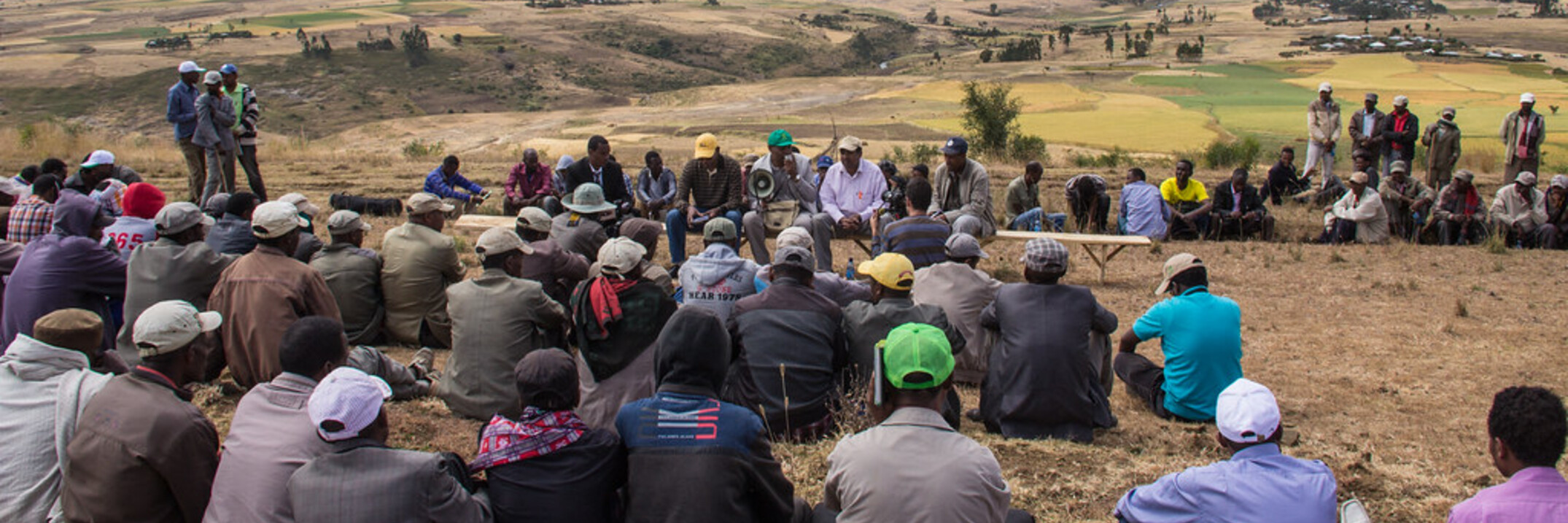ICARDA serves its African stakeholders through two of its seven regional programs. These are the Nile Valley and Red Sea Regional Program (NVRSRP), which covers Egypt, Ethiopia, Eritrea, and Sudan; and the North Africa Regional Program (NARP), which...


